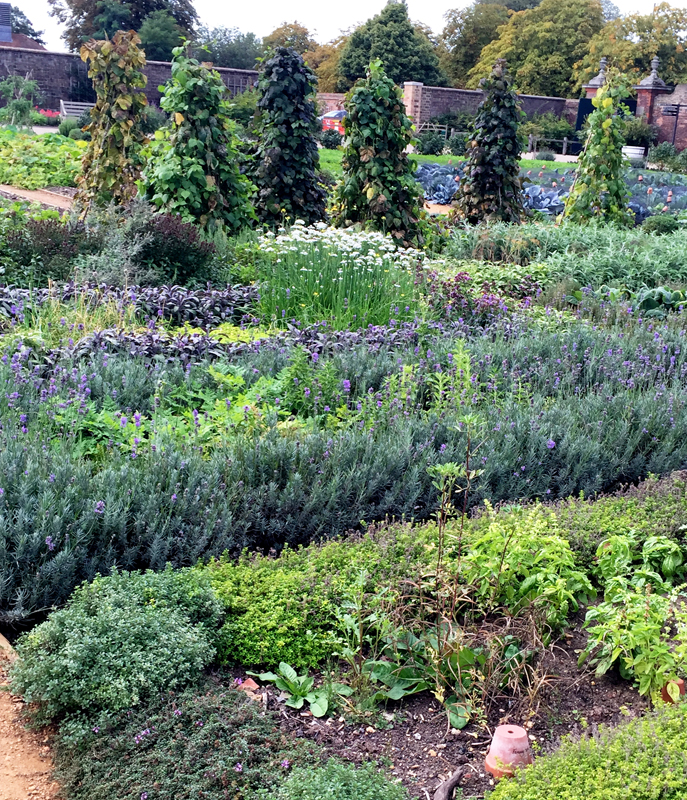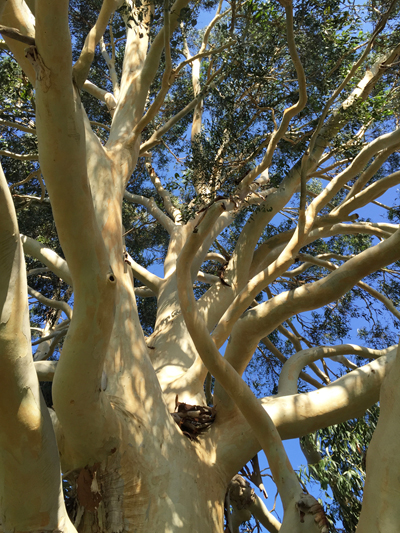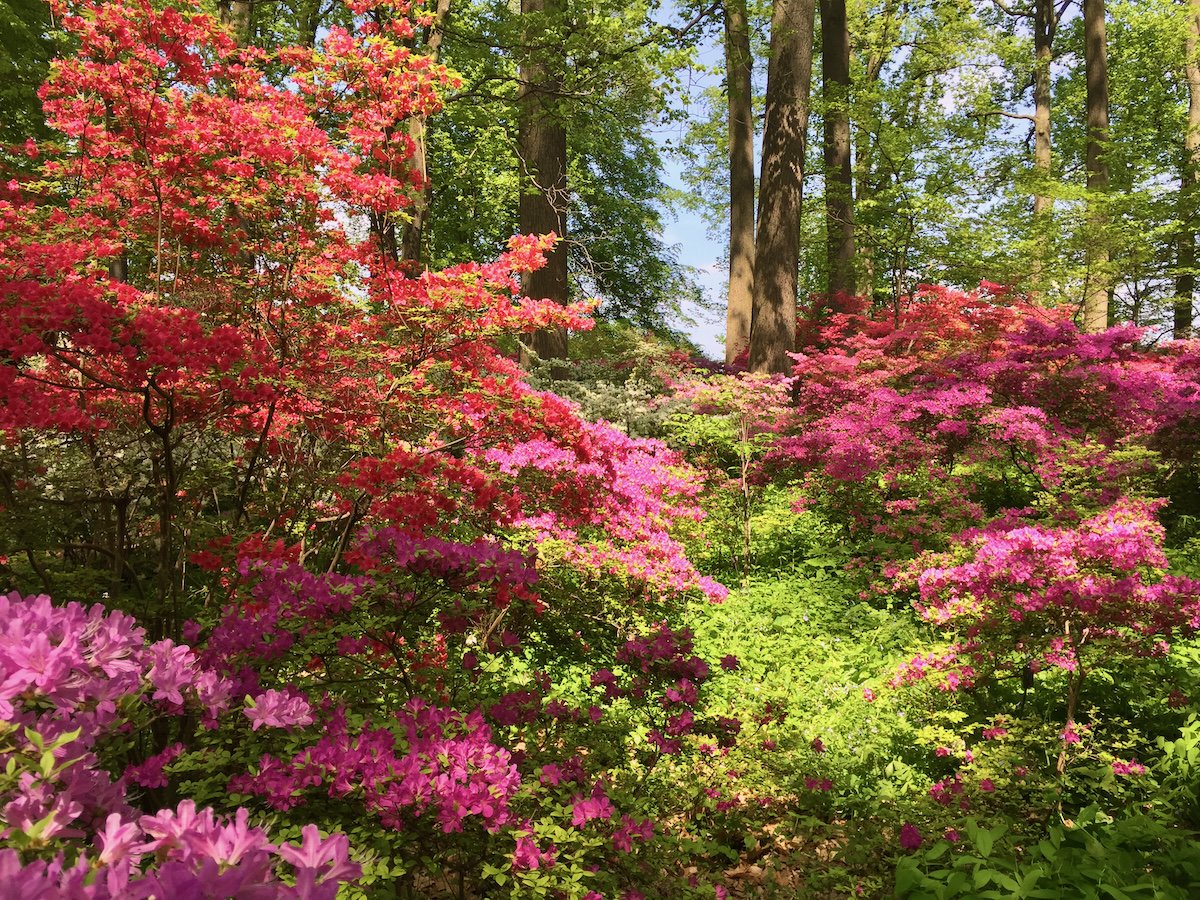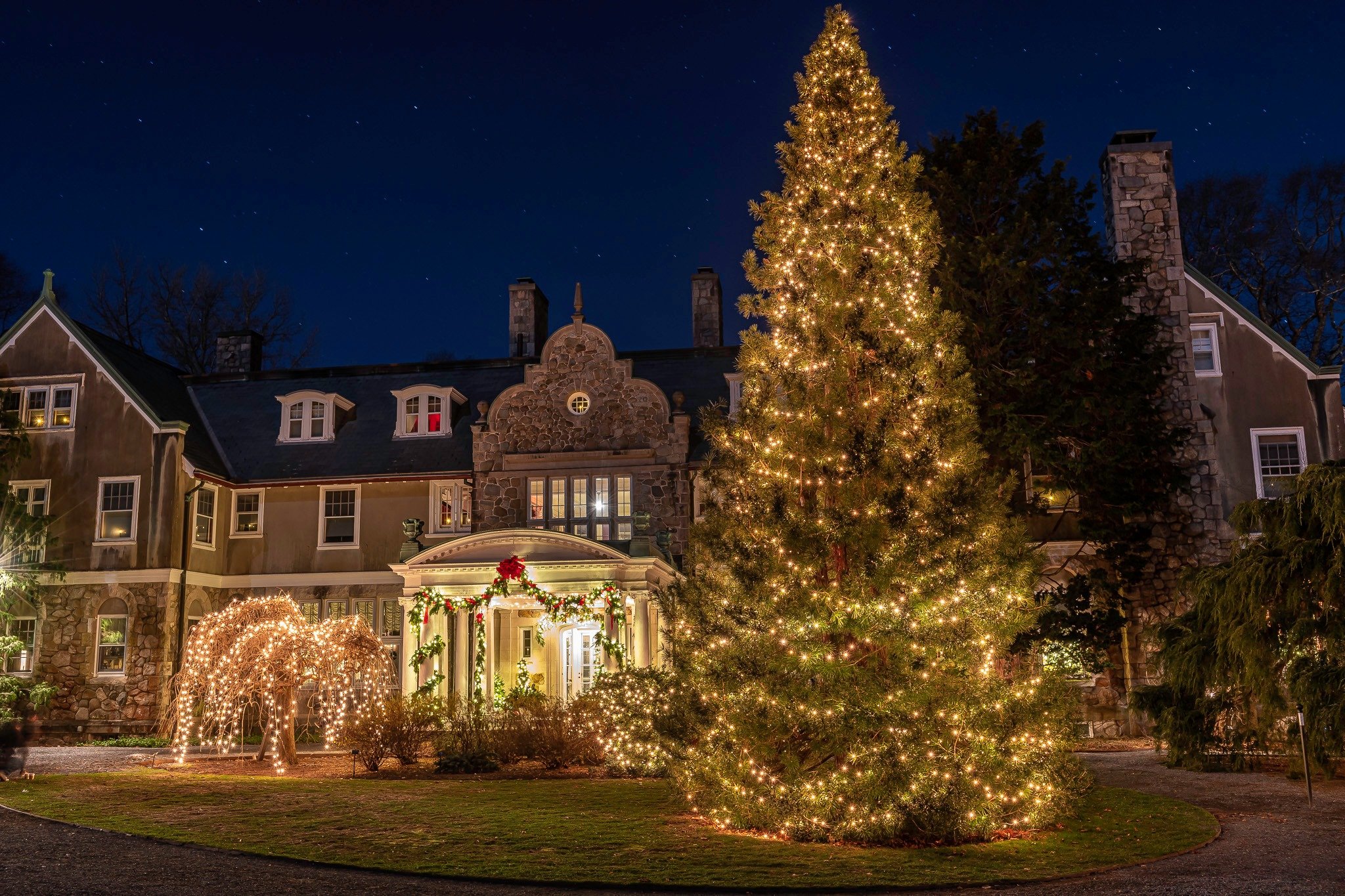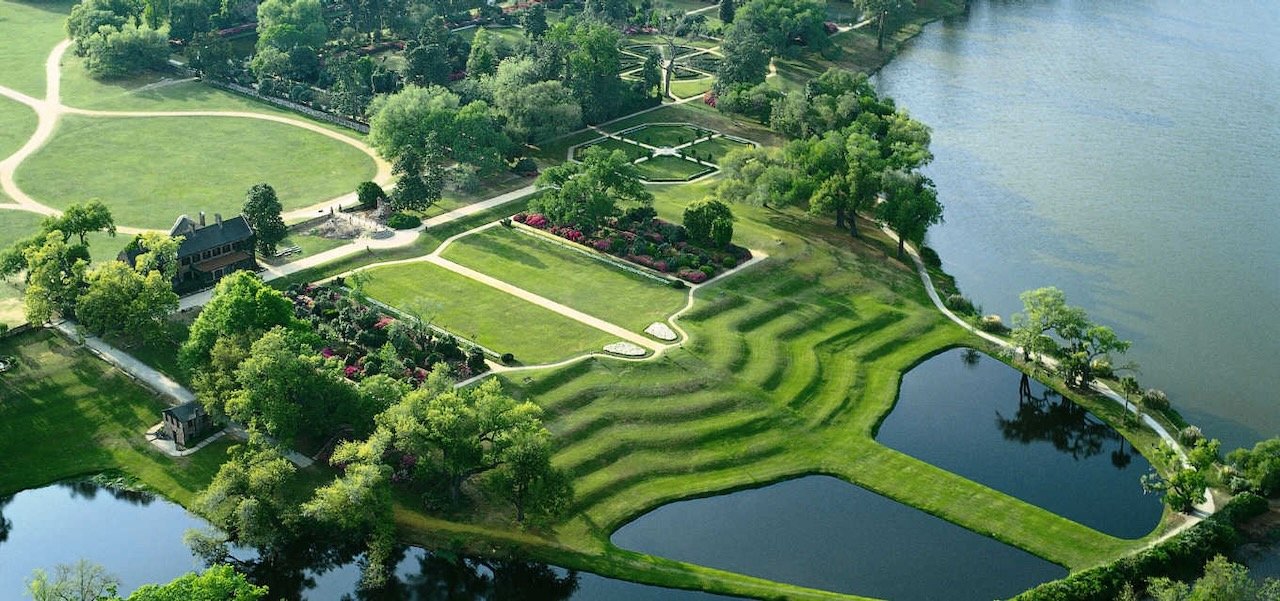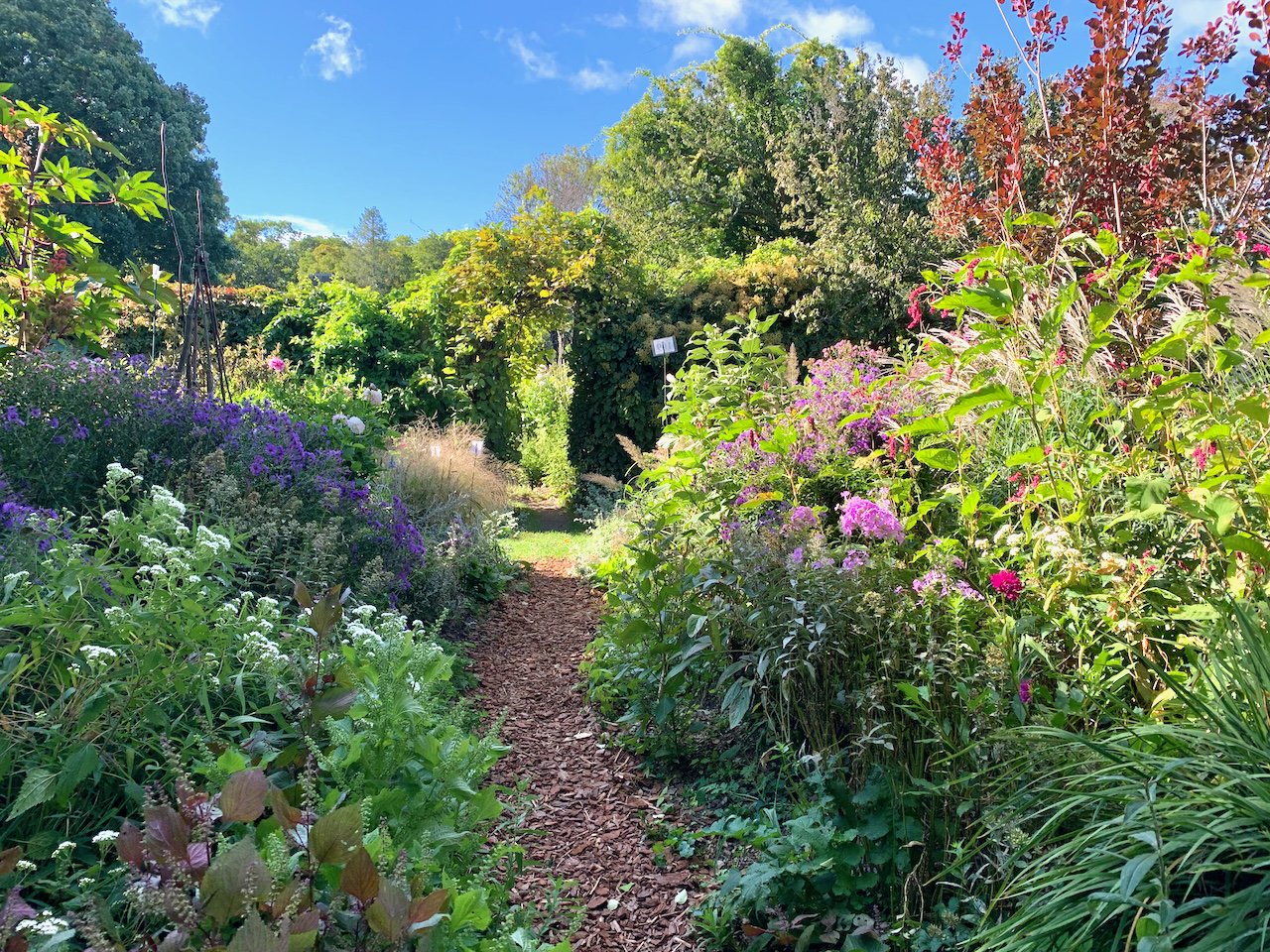Tranquil Beauty in the Seattle Japanese Garden
/One of my favorite April vacations was a visit to an old friend who had relocated to Seattle. Although my friend is not a gardener, he was a gracious and generous host who accompanied me to several public gardens that were on my "must-see" list. I was particularly anxious to visit a Japanese garden since there are few of those in the Northeast, and I was not disappointed.
There are two main Japanese gardens in Seattle - the Kubota Garden and the Seattle Japanese Garden. The Seattle Japanese Garden is a 3.5 acre garden tucked into the southern end of the Washington Park Arboretum. This small, perfectly designed jewel of a garden is one of the oldest Japanese gardens in North America, and is considered one of the most authentic and beautiful Japanese gardens outside of Japan.
The garden was conceived as a bridge between the Japanese and American people, and was created in 1960 by world-renowned designers Juki Iida and Kiyoshi Inoshita. Construction of the garden included bringing 580 granite boulders, ranging from 1,000 pounds to 11 tons, from the Cascade mountains. These boulders were personally scouted and selected by Iida, wrapped in bamboo matting and transported to the garden where they were carefully arranged to complement the plantings.
Traditional Japanese gardens are all about form and structure, developed through the thoughtful juxtaposition of stone, water, plants and decorative elements. The gardens are designed for tranquility and quiet contemplation. Seasonal interest is achieved through flowering trees and shrubs - cherry blossoms, azaleas, rhododendrons and tree peonies in the spring, and the colorful foliage of maples and ginkgo trees in the fall. Cedars, pines, ferns and mosses provide serene green backdrops and textural interest.
The Seattle Japanese Garden features a pond with turtles, giant koi, and herons that fly in from the neighboring arboretum. Winding paths allow you to slowly enjoy the unfolding vistas and intricate details of sculptural tree trunks, ethereal blossoms and gracious lanterns. With the gentle background melody of birds and running water, the Seattle Japanese Garden is a beautiful place to spend a few hours in perfect tranquility.






















